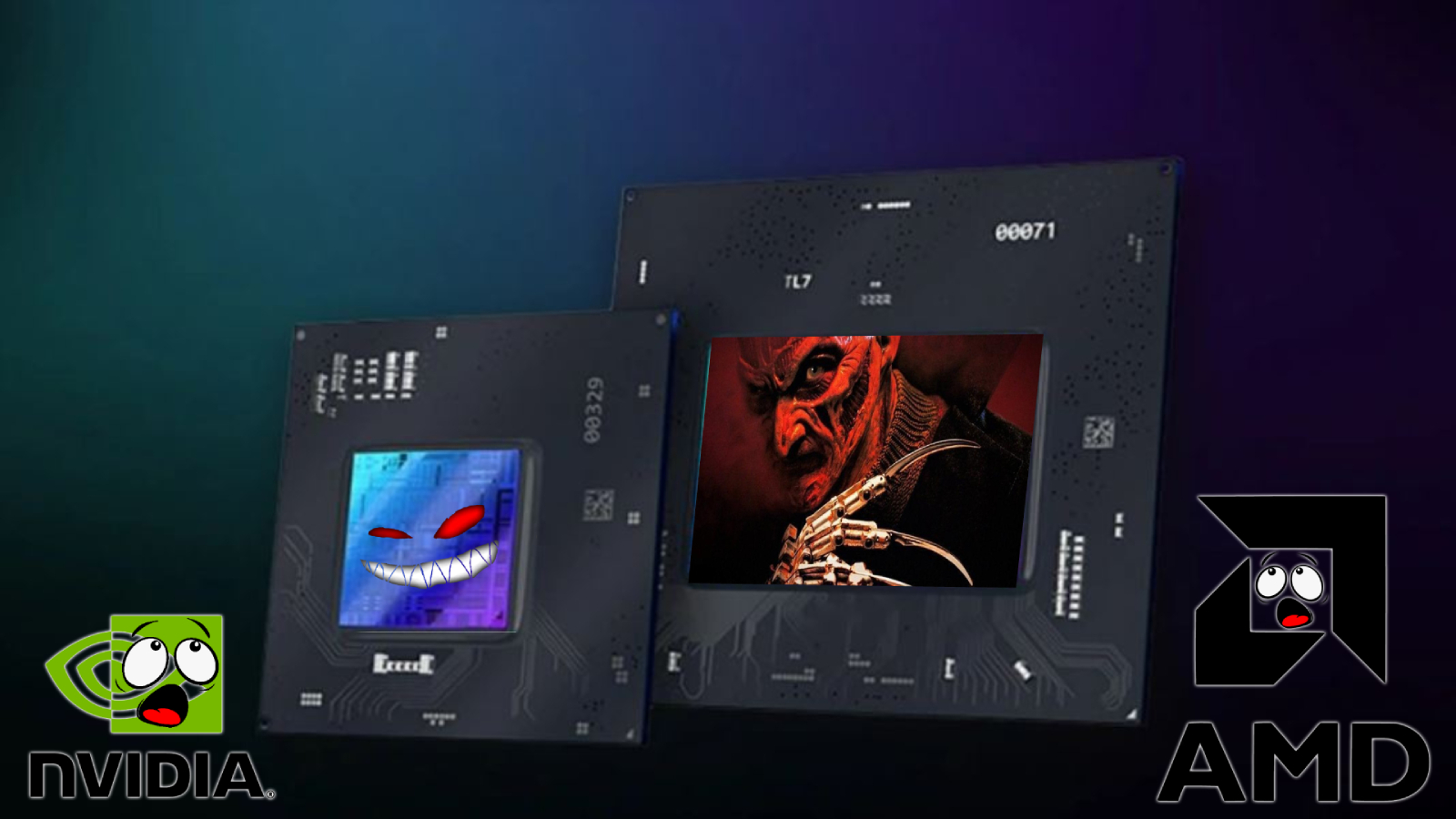Intel Arc Pro GPUs confirmed — should Nvidia and AMD be scared?
Intel announces pro-level GPUs as it leaps into the discrete GPU arena. Are you ready to rumble?

We've known the Arc Alchemist GPUs were coming, but Intel just announced the Intel Arc Pro-A series of discrete graphics cards specifically made for professionals. The new GPUs were announced during SIGGRAPH 2022, and the lineup features the Arc Pro A40 and Arc Pro A50 for small desktops and relevant to our interests, the Arc Pro A30M for mobile workstations.
There have been rumblings about a pro series of Arc GPUs from Intel, but nobody was expecting an actual announcement anytime soon. During the announcement, Intel stated that these new GPUs are meant to meet the needs of professional applications in fields such as design, manufacturing, media, entertainment, architecture, engineering, and construction. Not to be confused with Intel's Arc Alchemist GPUs, which we covered recently. These newer GPUs take aim at Nvidia's A2000 and A3000 series of professional, discrete graphics cards that are found in the best workstation laptops.
Everything we know about Intel's Arc Pro GPUs
At this moment, we do not have exact specifications for these new workstation GPUs; Intel remained tight-lipped about many of the details. It confirmed that the Arc Pro A30M is meant for laptop mobile workstations, while the other two will be used in compact desktops. The Arc Pro A40 features a single-slot GPU, while the Arc Pro A50 is a dual-slot GPU. Based on the information provided, these units are entry to mid-level workstation GPUs, while the Arc A770 remains Intel's flagship GPU.
Intel's new graphics cards all feature built-in ray tracing, AV1 hardware encoding acceleration, and machine learning capabilities. This will allow users to enjoy strong performance in open source applications such as Blender, and the Intel one API Rendering Toolkit, which is a favorite of developers.
Intel is demoing the cards in a few different ways at SIGGRAPH, allowing people the opportunity to see how the new GPUs handle a variety of applications. You don't have to go all the way to Canada to have a taste of what the new Arc GPUs can do. Intel has previews running on its official website that use sliders to demonstrate the new discrete graphics capabilities. In one instance, while using Topaz, the video example is enhanced by losing some color and contrast to appear less grainy and distorted. In a Sketchup preview, you can turn a drawing into a near photorealistic render. Intel is basically pulling out all the stops to show that it can do what Nvidia and AMD do, and possibly do it more affordably. Given the uncertainty in the market, this probably has both GPU makers a little shook. Let's face it, Intel has the time, resources, and money to become a GPU-making monster.
Intel did not announce any launch dates or pricing for the upcoming Arc Pro A-series graphics cards and they still have not given an official release date for the upcoming Arc Alchemist series of GPUs, but it seems like Intel will be releasing several discrete graphic options over the next year, which could make CES 2023 a very exciting place to be in January.
h/t Digital Trends
Sign up to receive The Snapshot, a free special dispatch from Laptop Mag, in your inbox.

Mark has spent 20 years headlining comedy shows around the country and made appearances on ABC, MTV, Comedy Central, Howard Stern, Food Network, and Sirius XM Radio. He has written about every topic imaginable, from dating, family, politics, social issues, and tech. He wrote his first tech articles for the now-defunct Dads On Tech 10 years ago, and his passion for combining humor and tech has grown under the tutelage of the Laptop Mag team. His penchant for tearing things down and rebuilding them did not make Mark popular at home, however, when he got his hands on the legendary Commodore 64, his passion for all things tech deepened. These days, when he is not filming, editing footage, tinkering with cameras and laptops, or on stage, he can be found at his desk snacking, writing about everything tech, new jokes, or scripts he dreams of filming.
